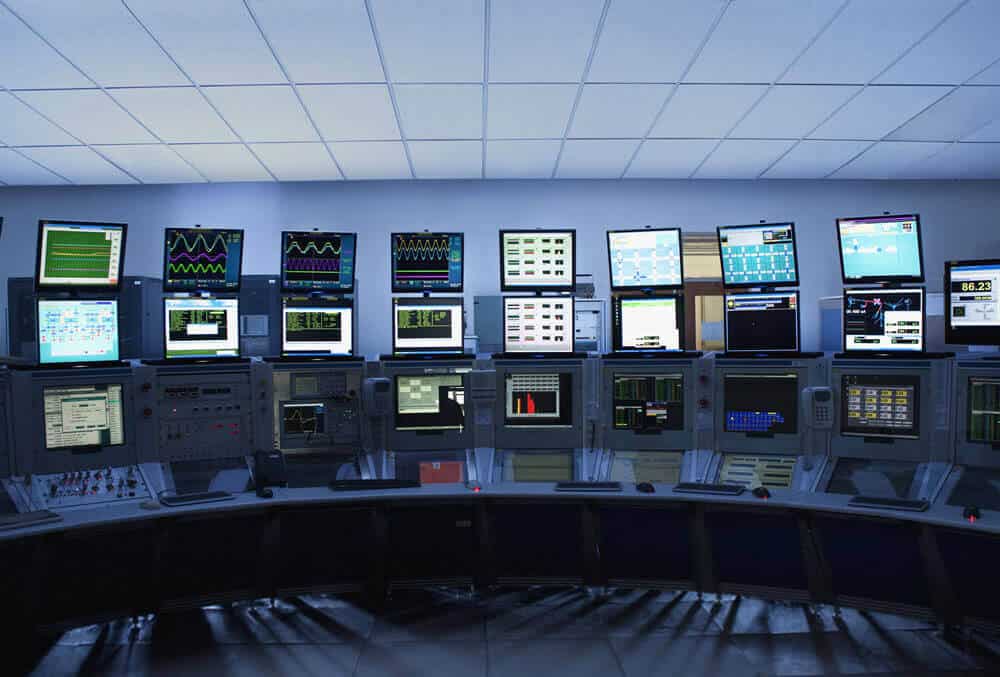Today’s industrial facilities are vast and complex. In order to operate at peak efficiency, each piece of equipment must be controlled properly. Moreover, as the number of machines increases, so does the risk of a failure in the system. To ensure the reliability of the production process, it is crucial for plant managers to implement an integrated control system.
If you’ve worked in the industrial world for any length of time, then you’ve probably noticed that many plants are beginning to integrate their automation and control systems. This is a logical and necessary step toward improving production efficiency and reliability.
In this article, we’ll take a look at the common signs that your plant needs to implement an integrated control system.
There’s too much equipment for manual management
Most production facilities have a few dozen pieces of equipment, perhaps with a few hundred pieces in the planning stages. However, many have thousands of pieces. If your plant is operating with too many machines for manual management, then you’re facing an increased risk of a breakdown in your control system.
Some of the earliest signs that your operations need integrated control systems are excessive downtime and expensive repairs. Overhead lines, conveyor belts, and other equipment can all become damaged. Additionally, if components are scheduled for regular and frequent maintenance, then they won’t be available for use during a breakdown.
Machines aren’t operating at peak efficiency
For each machine in your plant, you need to know which tasks it performs and how much it should produce. Ideally, this information is programmed into the machine so that it operates at peak efficiency. However, if you’re dealing with a manual system, then this information is usually written on paper or memorized by the operator. As production volumes increase, so does the risk of human error. Incorrectly programmed machines, general operator inefficiency, or other causes could result in lower than expected production rates.
The workforce is overworked and under-rested
At some point, production rates will reach a level that causes workers to become overworked and/or under-rested. If this is happening in your plant, then your production rates may approach or exceed the limits of your equipment. If this is the case, then you may be facing equipment breakdown, inventory shortages, or other production delays.
Overworked employees are more likely to make mistakes due to tiredness or stress. Moreover, they may not be able to respond appropriately to equipment failure or other disruptions. In these cases, they will have to be replaced by additional labor or machinery.
